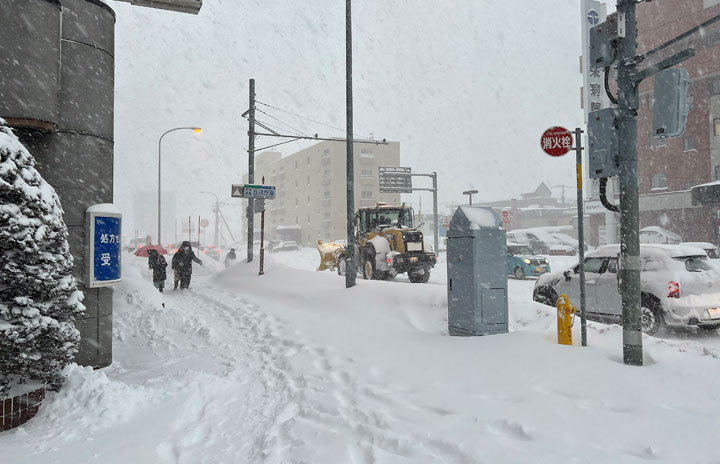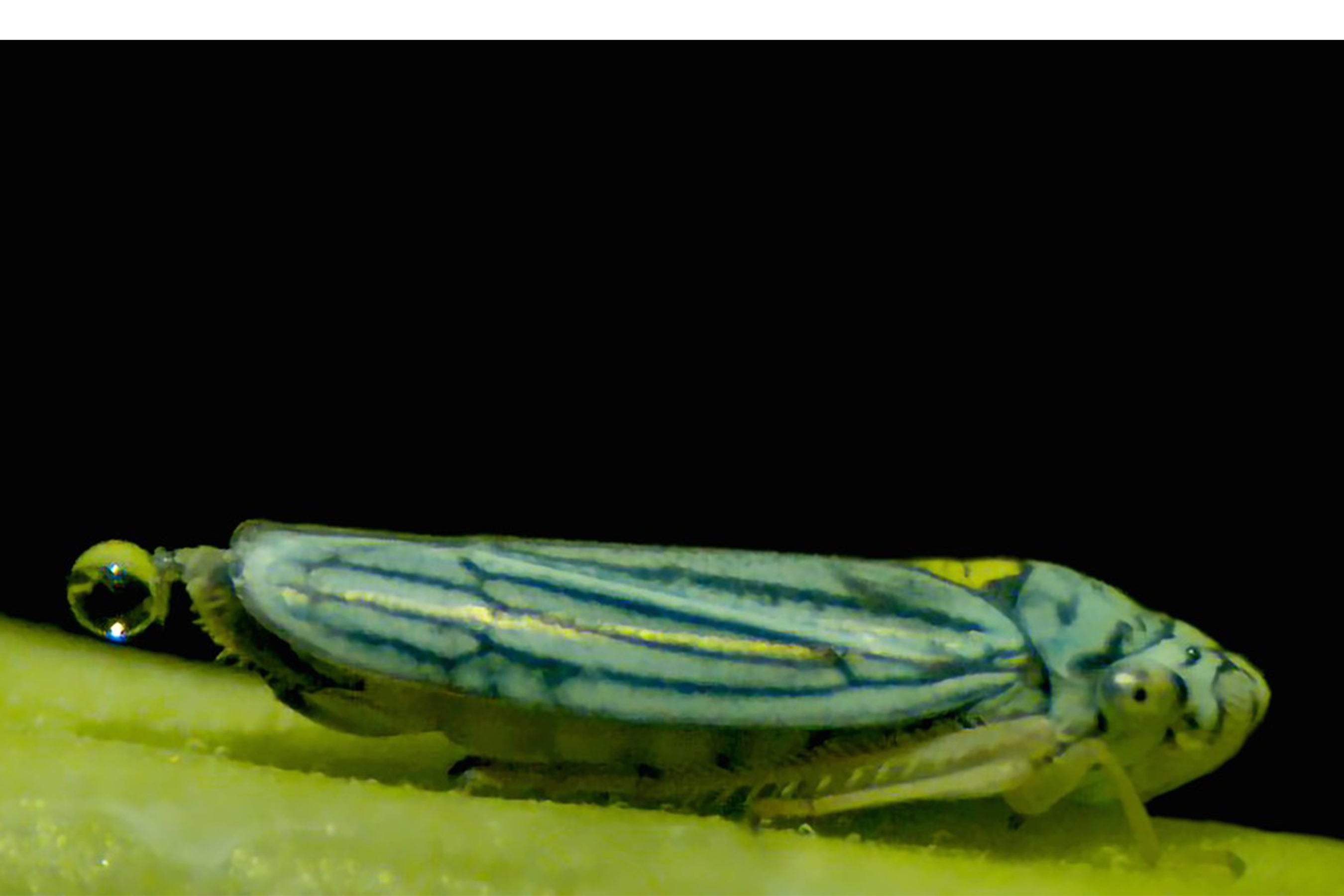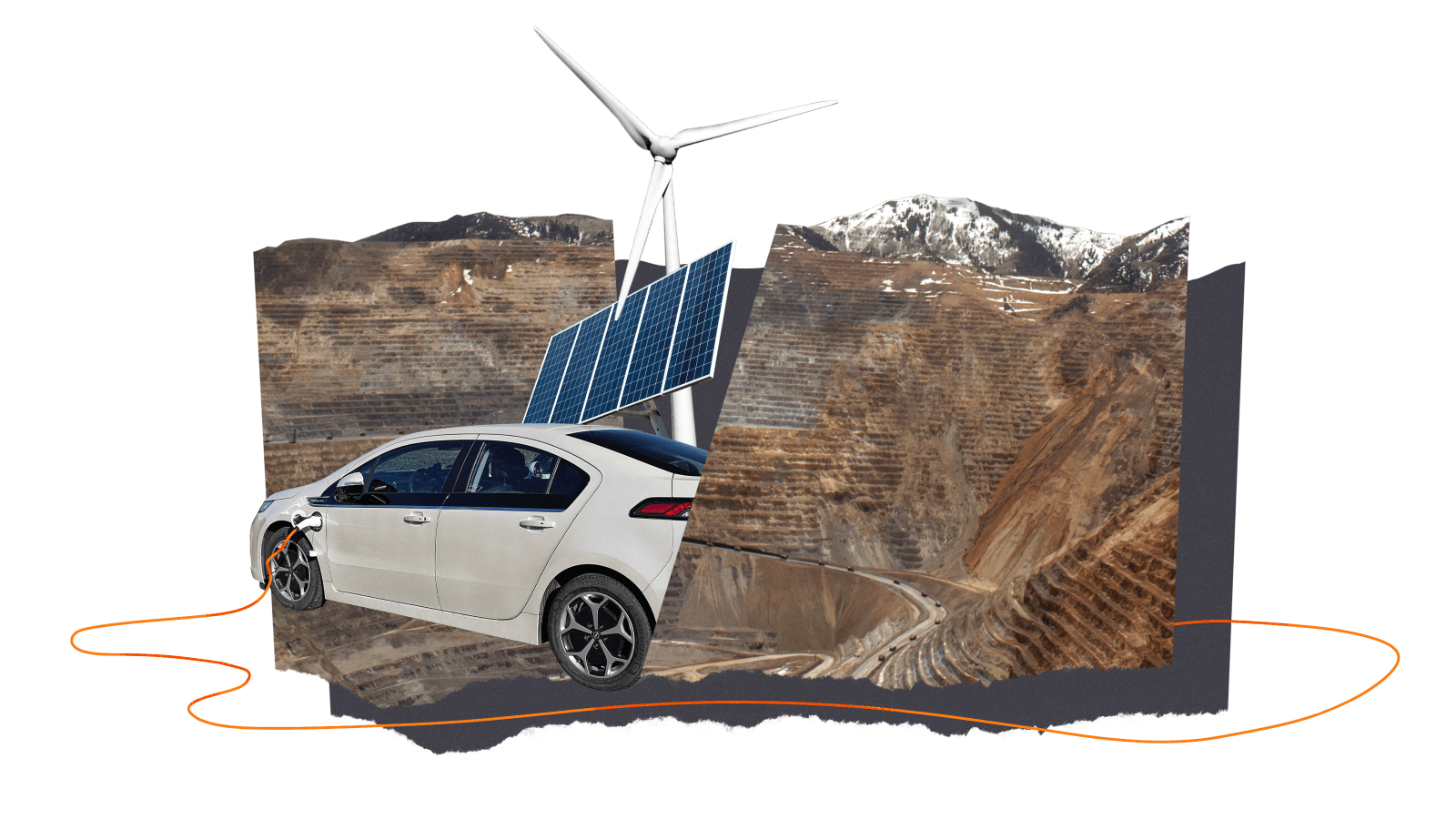The painted lady butterfly is one of many animals having their migration patterns altered by human activity. National Geographic photographer Lucas Foglia heads to Switzerland to find out how our own migrations need to change in order to help.
National Geographic CreativeWorks
There is an invisible web that spans our planet―a shifting network present in every kind of terrestrial habitat, in our oceans and rivers and air. These are the migration patterns woven by billions of animals as part of their life cycles, driven by the changing seasons, the need for optimal climate conditions, the search for food, and the urge to reproduce. These migration routes can be less than a mile or longer than 25,000 miles. From birds to butterflies, whales to wildebeest, dragonflies to salmon, migration is a fundamental trait of many of Earth’s animals―including humans.
Scientists are learning more and more about the complex factors that influence these migrations. Animal migrations are adaptive responses to natural changes in the environment. They are often seasonal, and follow time-worn routes to places more hospitable for feeding or reproducing. But now human activities that include widespread development and increased carbon emissions are affecting the environment and ecosystems, hastening climate change―and impacting animal migration behavior.
“Migrations everywhere are changing. Eight billion people living on Earth are triggering many of these changes,” says National Geographic photographer Lucas Foglia. Foglia is in the middle of a long-term art project tracking the multigenerational migration of the painted lady butterfly (Vanessa Cardui) from Ethiopia to Israel and England to Switzerland. He’s interested in drawing parallels between the butterflies’ behavior and our own. “Wherever they go, I photograph what they see on their journey.” That journey is nothing short of epic. These brightly patterned butterflies, often overshadowed by their famous cousins, the monarchs (Danus plexippus), are constantly migrating, covering an enormous territory from sub-Saharan Africa to the Arctic Circle.
A butterfly might emerge from a chrysalis in Ethiopia and begin its journey north, crossing the Sahara―and even the Mediterranean, given that a butterfly can cover 2,500 miles in one leg. Its progeny might continue up through southern and northern Europe all the way to Scandinavia―and back again. Perhaps a year later, its sixth-generation descendant will land on a flower not far from where that first butterfly started out. The butterflies breed and move nonstop―responding to the conditions around them―flying on favorable winds and drawn by pollinating flowers. “They follow patterns of opportunity that we don’t fully understand,” says Foglia. Recent research has shown that the numbers of butterflies undertaking the annual migration can fluctuate by a hundredfold and more, depending on weather and its consequences for crops and wildflowers.
It’s not just human-caused climate change that affects the butterflies’ movements either―it’s the changes humans have wrought on the land itself. “Painted lady butterflies have been migrating since before people dominated the landscape,” says Foglia. “Now they drink nectar from gardens and farmlands, city parks and highway borders.”
What’s not clear is how all these changes will affect the painted lady migration over the coming decades. “As climate continues to change, will they stop migrating? Will they migrate farther? Or will they migrate less? Will they change completely their migration routes? We don’t know. It is a mystery,” says butterfly geneticist Aurora García-Berro Navarro. And any changes that do occur will have consequences for other species, too, of course.
“What happens to the smallest species ricochets across the food web,” says Foglia. “In my photographs, the painted lady butterflies link diverse people in diverse places. They are a metaphor both for the interconnected world and our responsibility to care for it.”
Modern human transport networks present a different order of complexity with their own economic and social drivers. But moving goods and people around the world leaves a considerable carbon footprint―which exacerbates the climate impacts affecting animal migrations.
It’s estimated that the transport sector accounts for around 25 percent of global CO2 emissions―and demand is expected to grow over the coming decades. Decarbonizing our transport networks is a priority if we’re to mitigate the worst impacts of climate change. The journey toward establishing net-zero transport networks is also a multigenerational one, with less than 30 years remaining to achieve the 2050 global net-zero emissions target set at the 2015 Paris Climate Agreement to keep global warming below 1.5 degrees Celsius.
DHL is one of the biggest global logistics and international shipping companies in the world. The German transnational has committed to reaching net-zero emissions by 2050 across its entire operation. As DHL’s Senior Vice President for Strategy and Operation Programs, Andreas Mündel is very much focused on achieving this goal.
“If you think about these complex networks, all of those elements come with footprints, be it the warehouse, the consolidation hub or the transport―you have to address all at the same time,” Mündel explains. “So, we build carbon neutral warehouses, we are a frontrunner in sustainable fuels [that have] a significantly reduced CO2 footprint, we’ve electrified 24,000 vehicles on our last mile, and we plan to electrify two-thirds of our fleet by 2030.”
While the switch to electric ground vehicles is well underway, decarbonizing aviation is much more challenging, according to Mündel. Sustainable aviation fuels (SAFs) made from waste fats, oils, and grease are a first step―but new approaches are needed. “The next thing is already on the horizon―emission-free electric flying,” he says.
Once a pipe dream, the prospect of a viable electric cargo plane is now a reality. The Alice aircraft, developed by the Israeli-founded, U.S.-based company Eviation, has lithium ion batteries built into its fuselage and tail, and is designed to cover distances of 250 nautical miles. DHL ordered 12 of these aircraft in 2021, with delivery expected in 2027. “We believe that this is the first step of a series of innovations that are necessary to take the aviation industry to carbon zero,” says Mündel. These aircraft could be deployed across domestic and regional territories―equivalent to DHL’s last-mile vehicles on the ground.
Intercontinental travel will require a different solution, says Mündel: “The future generation is called Power to Liquid … a fully carbon-neutral fuel.” Power to Liquid (PtL) are synthetically produced liquid hydrocarbon fuels made using renewable electricity, water, and CO2 extracted from the air itself, creating a closed loop cycle.
“I studied physics,” Mündel added. “And this is an unbelievably fascinating topic for a physicist: How can you decarbonize such a complex system? I think that is something that I do for my children. That is something that I do to save the planet … I think that’s the biggest motivation, actually, that you can have.”
Find out more about Moving Stories in a Changing World.
Note: This article have been indexed to our site. We do not claim legitimacy, ownership or copyright of any of the content above. To see the article at original source Click Here












